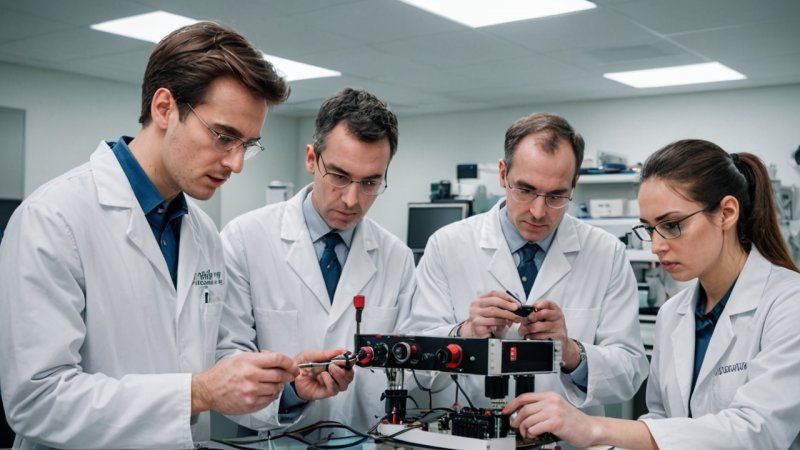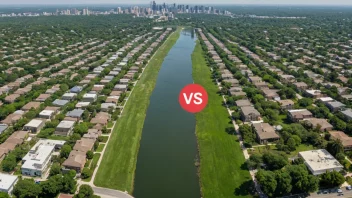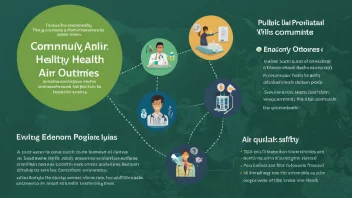Introduction
Engineering plays a crucial role in addressing air quality issues and pollution control. With the increasing concerns about environmental health, engineers are at the forefront of developing innovative technologies and systems to monitor, reduce, and manage air pollutants. This article explores common questions surrounding the impact of engineering on air quality and pollution control.
What are the main engineering solutions for improving air quality?
Engineers employ various solutions to enhance air quality, including:
- Emission Control Technologies: These include scrubbers, filters, and catalytic converters that reduce harmful emissions from industrial processes and vehicles.
- Air Quality Monitoring Systems: Engineers design sensors and networks to continuously monitor air quality, providing real-time data to inform policy and public health decisions.
- Green Building Design: Incorporating sustainable materials and technologies in building design helps minimize indoor air pollution and enhances overall air quality.
- Renewable Energy Systems: Transitioning to renewable energy sources reduces reliance on fossil fuels, thereby decreasing air pollutants associated with energy production.
How do engineers contribute to pollution control policies?
Engineers contribute to pollution control policies by:
- Providing Data: They collect and analyze data on emissions and air quality, which helps policymakers understand the effectiveness of current regulations.
- Developing Standards: Engineers help establish air quality standards and guidelines that industries must follow to minimize their environmental impact.
- Innovating Solutions: By developing new technologies, engineers offer practical solutions that can be implemented to comply with regulations and improve air quality.
What role does technology play in air quality engineering?
Technology is integral to air quality engineering in several ways:
- Advanced Sensors: Modern sensors allow for precise measurement of air pollutants, enabling better data collection and analysis.
- Data Analytics: Big data and machine learning techniques help engineers predict air quality trends and the potential impact of various factors on pollution levels.
- Smart Cities: Engineers are involved in creating smart city infrastructure that integrates air quality management systems with urban planning and transportation systems.
What are some recent engineering advancements in pollution control?
Recent advancements include:
- Bioremediation Technologies: Using microorganisms to break down pollutants in the air and soil, making it a sustainable option for pollution control.
- Electrostatic Precipitators: These devices use electrical charges to remove particles from emissions, significantly improving air quality in industrial settings.
- Air Purification Systems: Innovations in air purification technology, including HEPA filters and UV light systems, are becoming more common in both residential and commercial spaces.
How can individuals contribute to air quality improvement?
Individuals can play a role in improving air quality by:
- Reducing Vehicle Emissions: Opting for public transport, carpooling, or using electric vehicles can significantly lower air pollution.
- Supporting Clean Energy: Advocating for and using renewable energy sources can help reduce reliance on fossil fuels.
- Participating in Local Initiatives: Engaging in community efforts focused on clean air and pollution reduction can amplify individual impact.
What challenges do engineers face in air quality management?
Engineers encounter several challenges, including:
- Funding and Resources: Limited funding can hinder the development and implementation of effective air quality technologies.
- Public Awareness: Lack of public understanding of air quality issues can make it difficult to gain support for necessary changes.
- Regulatory Hurdles: Navigating complex regulations can slow down the adoption of innovative solutions.
Conclusion
Engineering is vital in the ongoing battle against air pollution and in improving air quality. Through innovative technologies, data-driven policies, and community engagement, engineers are paving the way for a healthier environment. Understanding the role of engineering in this critical area can empower individuals and communities to take action towards cleaner air.






